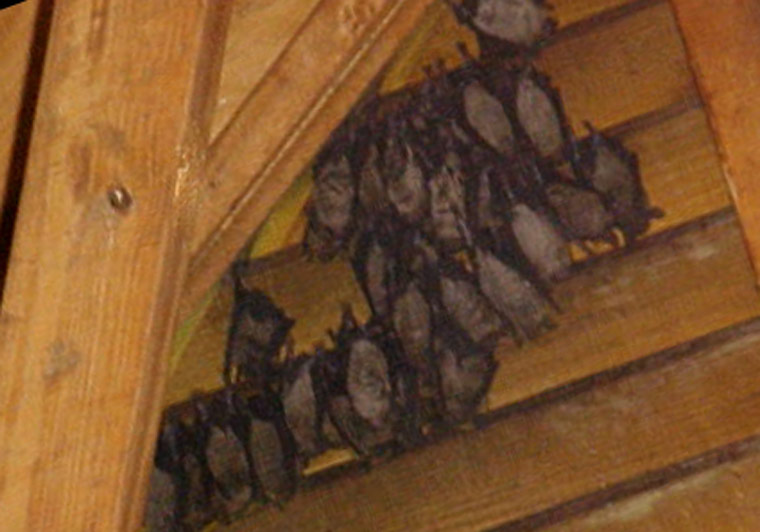-
info@aaanimalcontrol.com
Call us for help in your town
Humane Wildlife Education
The most common types of animals that live in attics
Need wildlife removal in your hometown? We service over 500 USA locations! Click here to hire us in your town and check prices - updated for year 2020.
Although it isn’t uncommon to find ANY kind of wild animal in your attic, there are a few wild animals that are very well known to break into the upper spaces of your home or commercial building. Squirrels, for example, live in trees. They live in tree hollows, to be exact, to keep themselves away from the ground and safe from wandering predators. Your attic isn’t far removed from an upper tree hollow, especially when there aren’t any ‘natural’ habitats to pick for their own. Also, being keen climbers and jumpers, squirrels have no trouble getting to the top of your house and breaking right in.

If you hear noises in the attic during the day, there’s an even bigger chance that you are faced with a squirrel invader. These animals are diurnal — they are active both during the day and during the night, so you will hear them around the clock.
If you hear the noises during the night, however, it could be a squirrel, or it could be a more nocturnal creature — something like a raccoon, a bat, or a flying squirrel. If you have bats, it won’t be long before you spot them. Head outside your house around dawn and dusk, and you’ll see them flying in and out. This is when they are most active, waking up from their daytime slumbers to hunt and feed, as well as mate and socialize if the time is right.
Rats and mice are two further animals who will make light work of making their way into your attic, and these can often be harder to spot and eradicate, mostly because the door-holes they require are so small, they are easily missed. You won’t miss the droppings these rodents leave behind though. They leave their waste as they run, and the average mouse can leave somewhere in the groin of 60 to 100 droppings on a nightly basis. After a while, you will most definitely see these. This is even more so the case when you have a bigger colony of mice. Very rarely will you have just the one wild animal, whether it’s a flying squirrel, a squirrel, a rat, mouse, bat, or anything else. It will almost always be a mother animal with her young somewhere in tow, and this is the thing you’ll need to remember when it comes to removing them. You will need to remove both the adults and the babies, otherwise you’ll run the risk of killing them both. This is also why we would always tell you to seek professional advice before taking any animal removal action. It is actually illegal to move bats at certain times of the year — the warmer, spring and summer months. This is when they are most likely to be in their maternity colonies.
For more information, you may want to click on one of these guides that I wrote:
How To Guide: Who should I hire? - What questions to ask, to look for, who NOT to hire.
How To Guide: do it yourself! - Advice on saving money by doing wildlife removal yourself.
Guide: How much does wildlife removal cost? - Analysis of wildlife control prices.
animals in the attic
noises in the attic
Do I Have Squirrel Babies in the Attic?


















